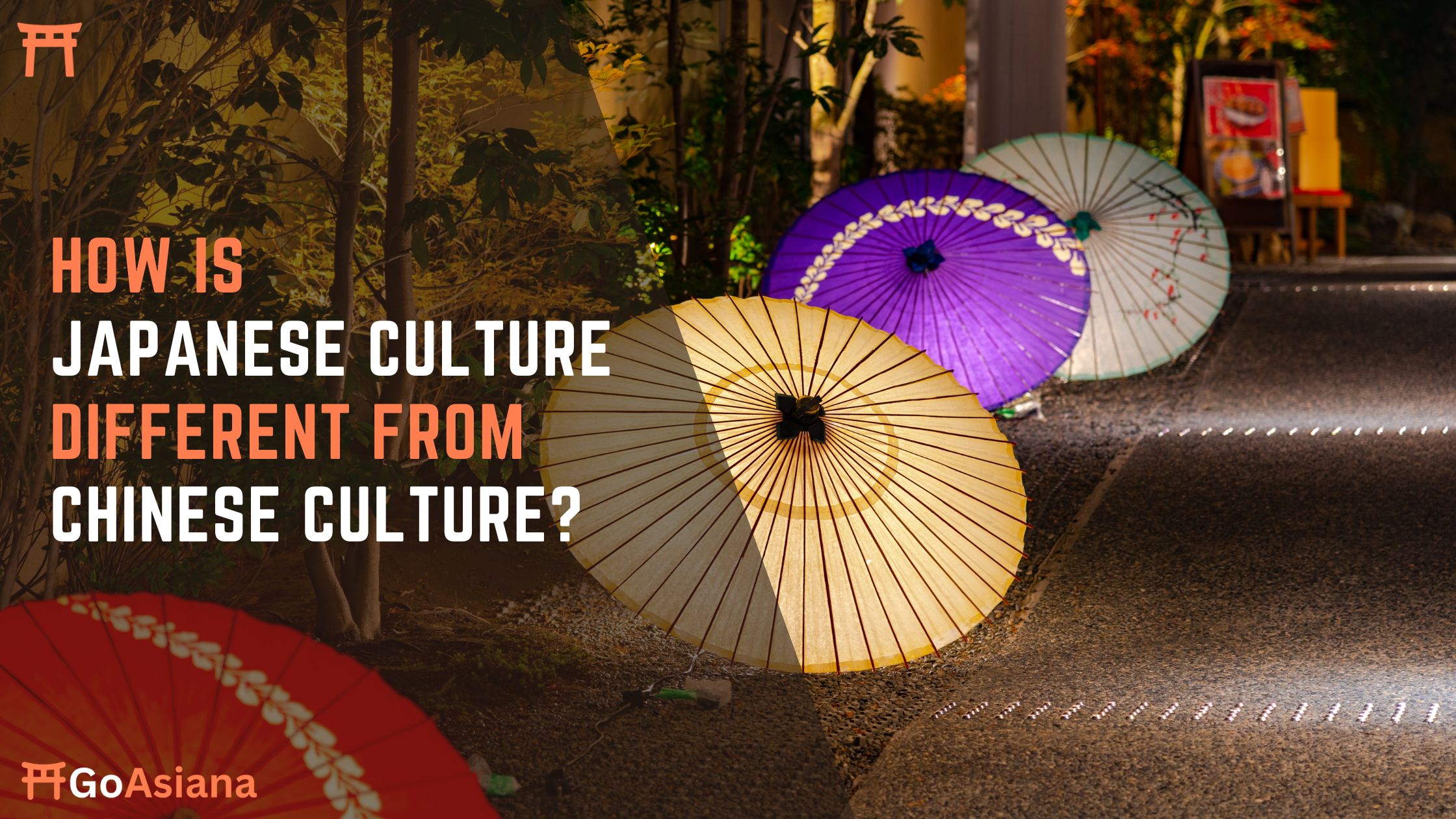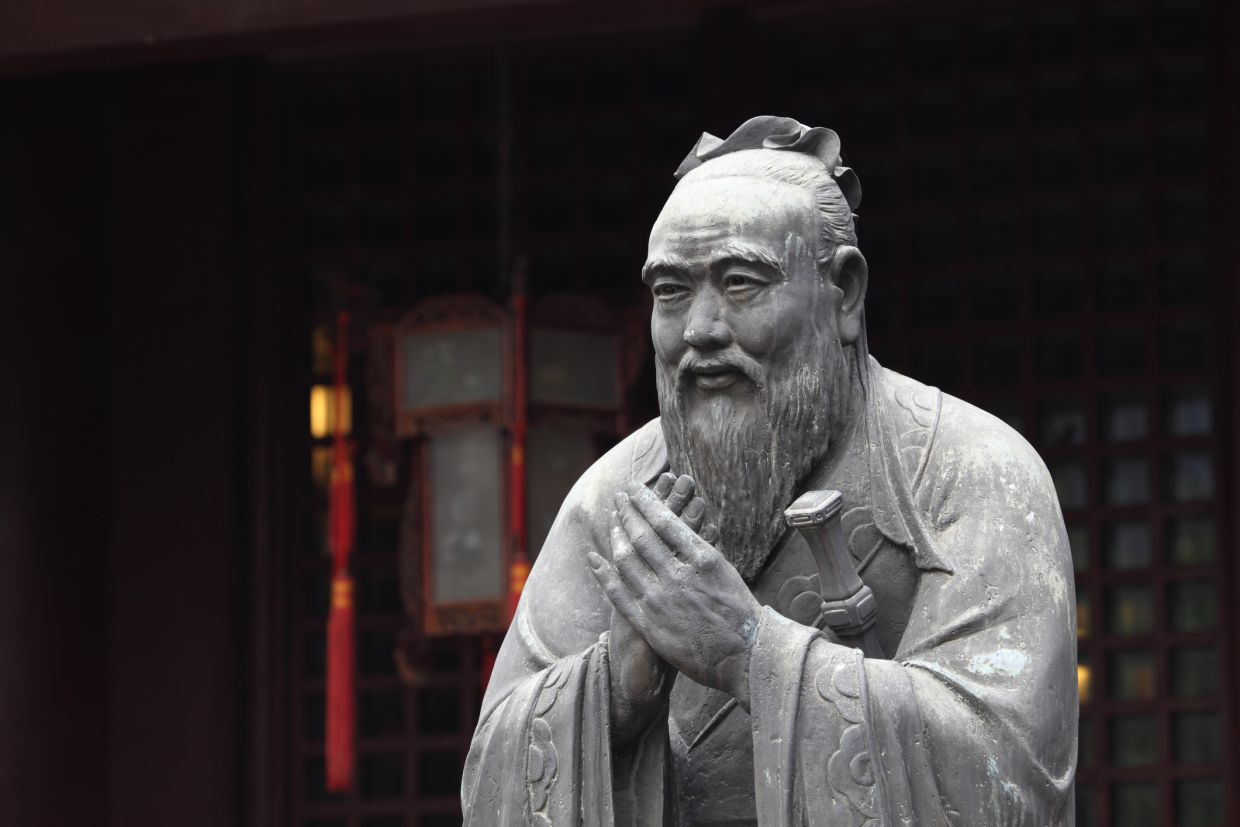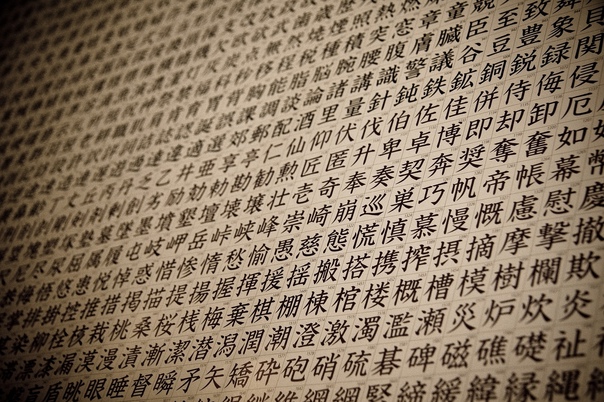Chinese Culture vs Japanese Culture: A Deep Dive

Introduction
The cultural richness of China and Japan, two of Asia’s oldest civilizations, offers a fascinating comparison. Though geographically close, these nations diverge significantly in philosophy, customs, language, and more. This article explores the intricate cultural elements distinguishing Chinese culture vs Japanese culture.
Historical and Philosophical Foundations

Confucianism and its Impact
Confucianism, which is deeply embedded in Chinese culture, has significantly influenced values related to family respect, social hierarchy, and the importance of education. Emerging from ancient China, Confucian principles highlight the significance of moral behavior and the respect owed to elders and those in positions of authority.
Shintoism and the Connection to Nature
In Japan, Shintoism fosters a deep bond with nature. Japanese Shinto shrines are frequently located in natural surroundings, representing a strong respect for living in harmony with the environment. This tradition is evident in the Japanese appreciation for the changing seasons, the beauty of nature, and the importance of purity.
Taoism and its Influence on Chinese Thought
Taoism highlights the importance of balance and harmony with the universe, influencing various aspects of Chinese culture and traditional medicine. In contrast to the structured order of Confucianism, Taoism appreciates spontaneity, simplicity, and the natural rhythm of life.
Social Values and Customs

Family and Collectivism
Both China and Japan emphasize the importance of family and collectivism, though there are subtle differences. In Chinese culture, family connections form the foundation of social structure. Similarly, Japanese society prioritizes the group, frequently placing community needs ahead of personal desires.
Honor and Face
The concept of “face” in China highlights the importance of personal reputation and dignity. Maintaining one’s honor is crucial in both social and business situations. Japan holds similar values, placing a strong emphasis on “honor” through respectful conduct, hard work, and humility.
Gift-Giving Etiquette
Gift-giving customs vary greatly across cultures. In China, gifts are typically exchanged during important occasions, and the way gifts are presented carries deep symbolism. In Japan, there is a distinct tradition that often features elegantly wrapped gifts, reflecting a careful attention to detail.
Bowing vs. Nodding
Japanese etiquette typically includes bowing to show respect, while in China, a nod or a light handshake is more customary. The depth of a bow in Japan can signify different levels of respect, whereas physical greetings in China tend to be more subdued.
Language and Communication

The Role of Language in Shaping Culture
The Chinese language, known for its extensive history of characters, frequently highlights formality and respect. Similarly, the structure of the Japanese language places a strong emphasis on politeness levels, with cultural nuances intricately woven into honorifics and word choices.
Non-Verbal Communication
Japanese culture is well-known for its emphasis on subtle non-verbal communication. Elements like facial expressions, gestures, and silence play a vital role, whereas in China, expressions are generally more direct and assertive.
High-Context vs. Low-Context Cultures
Japanese culture is often seen as high-context, where meaning is implied rather than explicitly stated. In contrast, Chinese communication tends to be more direct, which positions China as a lower-context culture when compared to Japan.
Art and Aesthetics
Chinese Calligraphy and Painting
Chinese calligraphy and ink painting are revered artistic expressions that embody the beauty of nature and deep philosophical insights. Calligraphy, regarded as a spiritual endeavor, highlights the importance of fluidity and elegance.
Japanese Ukiyo-e and Anime
Japan is renowned for its artistic contributions, which range from traditional ukiyo-e woodblock prints to the internationally beloved anime. These art forms showcase Japan’s passion for intricate and expressive storytelling, harmonizing both traditional and contemporary elements.
Architecture and Design
Chinese architecture frequently features impressive designs like pagodas, which represent imperial power. In contrast, Japanese architecture embraces minimalism, evident in tea houses and Zen gardens that highlight simplicity and the use of natural materials.
Food and Cuisine

Staple Foods and Flavors
Chinese cuisine is diverse and varies by region, celebrated for its bold flavors and use of spices. In contrast, Japanese cuisine prioritizes freshness, highlighting seasonal ingredients and the savory taste of umami.
Tea Culture
Tea holds significant importance in both cultures, yet they differ in their approaches. China’s tea culture boasts a history spanning thousands of years, typically featuring green and black teas. In contrast, Japan’s tea ceremony is a profoundly spiritual practice that highlights values such as respect, purity, and tranquility.
Dining Etiquette
Chinese dining focuses on sharing dishes, highlighting a sense of togetherness, whereas in Japan, it is common for each person to have their own individual dishes. Additionally, chopstick etiquette plays an important role in both cultures, with distinct customs observed in each.
Business and Work Ethics
Hierarchical Structures
Both cultures maintain hierarchical structures in business. In China, relationships play a crucial role, and while hierarchy is acknowledged, it can be flexible when strong connections exist. Japan, on the other hand, adheres to strict hierarchical protocols, placing a high value on seniority and group harmony.
Concept of Harmony
Harmony is a common value, but its interpretation varies across cultures. In Japan, it emphasizes achieving consensus within the group, whereas in China, it often focuses on maintaining balanced relationships and social stability.
Decision-Making Processes
Japan’s consensus-based decision-making, referred to as “ringi,” focuses on obtaining group approval. In contrast, Chinese businesses, although they respect hierarchy, tend to favor faster, top-down decision-making.
Modern Influences and Global Impact
The Impact of Westernization
Both cultures show clear signs of Western influence, seen in areas like fashion and technology. Japan has managed to embrace modernity while still holding onto its traditions, whereas China has quickly adapted to and incorporated Western trends into its urban lifestyle.
Soft Power and Cultural Exports
Japan’s soft power encompasses anime, technology, and fashion, whereas China’s cultural exports feature traditional medicine and the philosophical influence of Confucianism. Both nations utilize soft power to shape global culture.
Conclusion
Comparing Chinese culture vs Japanese culture reveals that, while these cultures share some Eastern values, they differ profoundly in philosophy, social customs, and aesthetics. Understanding these nuances helps foster respect and appreciation for the rich tapestry of Asian culture.
FAQ
1. What are the main differences in family values between China and Japan?
In China, family ties play a crucial role in social life, characterized by deep loyalty and a strong respect for elders. While Japan also cherishes family, it tends to prioritize community and societal harmony even more.
2. How does the concept of “face” differ in China and Japan?
In China, the concept of “face” is tied to social status and respect, which individuals strive to uphold through their actions and achievements. In Japan, while honor is equally important, there is a stronger focus on humility and the avoidance of confrontation.
3. How does Japanese non-verbal communication differ from Chinese?
Japanese communication tends to be more nuanced, often relying on silence and indirect signals. In contrast, Chinese non-verbal communication is more straightforward, characterized by expressive gestures.
4. What is the role of tea in Chinese and Japanese cultures?
Tea in China represents longevity and peace, particularly emphasizing green and black teas. In Japan, tea culture is deeply ceremonial, embodying spirituality and tranquility.
5. How have Western influences impacted both cultures?
Japan and China have both embraced Western trends. Japan manages to blend modernization with its rich traditions, whereas China has quickly adopted Western styles in urban areas while still preserving traditional practices in rural regions.
Useful links
here are some reliable sources to provide with additional in-depth information about between Chinese culture vs Japanese culture:
- China’s Cultural History:
- The Association for Asian Studies provides valuable insight into traditional Chinese culture, especially regarding influences from the Qing Dynasty. Their materials discuss the diversity of cultural practices and the evolution of thought, gender roles, and social structures in China over centuries. This can serve as a comprehensive background on Chinese traditional values and philosophy (asianstudies.org)
.
- The Association for Asian Studies provides valuable insight into traditional Chinese culture, especially regarding influences from the Qing Dynasty. Their materials discuss the diversity of cultural practices and the evolution of thought, gender roles, and social structures in China over centuries. This can serve as a comprehensive background on Chinese traditional values and philosophy (asianstudies.org)
- Chinese Philosophy and Religion:
- For an authoritative overview of Confucianism, Taoism, and their impact on Chinese thought and social behavior, Stanford Encyclopedia of Philosophy offers in-depth articles on these philosophies, explaining their foundational principles and societal impact (plato.stanford.edu)
.
- For an authoritative overview of Confucianism, Taoism, and their impact on Chinese thought and social behavior, Stanford Encyclopedia of Philosophy offers in-depth articles on these philosophies, explaining their foundational principles and societal impact (plato.stanford.edu)
- Japanese Religion and Society:
- Japan Society provides detailed educational resources on Japanese customs, Shinto beliefs, and Buddhism, which have greatly influenced Japanese culture and societal norms. This can add depth to your discussion on Japanese reverence for nature and the spiritual framework underlying Japanese customs (japansociety.org).
- Chinese and Japanese Cuisine:
- AFS-USA offers insights into Chinese and Japanese food culture, covering traditional dishes, food etiquette, and tea culture. This is particularly useful if you’re highlighting contrasts in culinary preferences and social dining customs (afsusa.org)



